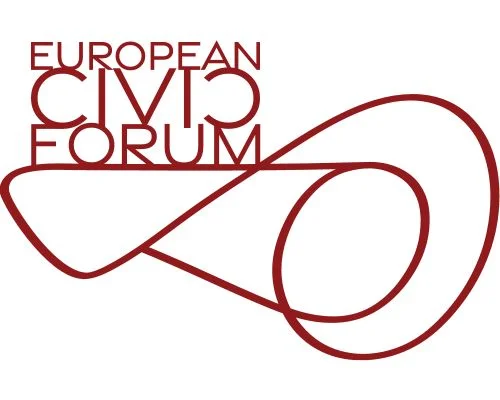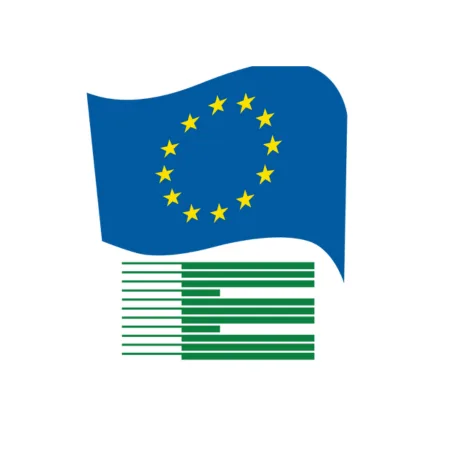By European Movement Italy
Volodymyr Zelensky returns to Kyiv from his trip to Rome, Berlin, and Paris with many good promises but with extraordinarily little progress made. The state of the military conflict, beyond the propaganda on both sides, has been frozen for months. Little progress has been made towards an interruption of what was defined by Vladimir Putin as a “military operation,” and even less towards the withdrawal of Russian troops and the Wagner Group from the territories illegally occupied by the Russian Federation after February 24, 2022. These territories account for a fifth of Ukraine, with a front-line of 1500 km from the eastern regions of Luhansk and Donetsk to Zaporizhzhia and Kherson to the South.
Despite the progressive increase in military aid to Kiev from dozens of countries in the world, and despite the United States and the United Kingdom training Ukrainian army and air force in the use of defense and attack weapons since before the Russian attack, the armed forces of Ukraine are not able – contrary to what has been declared by several parties – to “win the war” and thus force Russia to surrender unconditionally.
For obvious tactical and geopolitical reasons, the European Union and its member countries cannot respond positively to some requests that according to Ukraine could contribute to a decisive turning point in the conflict. Some of these requests include sending missiles, armored vehicles and cars, anti-drones, ammunition as well as the creation of a “no-fly zone.” An even more pressing matter is the non-possumus of the US and most Europeans to the accession of Ukraine to NATO in time of war. Kyiv would like to obtain membership as a political signal at the Vilnius Summit of July 10th. Yet another issue is the long negotiations for admission as a full member of the European Union, knowing that both require the national ratification of all member countries, in some cases by referendum.
It is clear to the Ukrainian authorities that freezing the military conflict would benefit Russia. Postponing the repeatedly announced Ukrainian counter-offensive would risk provoking a reduction in Western military aid. Political pressures could increase in some European countries from those who believe that the path of dialogue with Russia must be reopened; said path was rejected as an unacceptable sign of surrender by Volodymir Zelensky in his meetings in Rome, Berlin, and Paris and in his meeting with Jorge Bergoglio.
We believe that the European Union, confirming its full support for Ukraine in defending its freedom and the right to the inviolability of its territory together with its commitment to the reconstruction of the country, should begin to reflect on the basis to start a dialogue necessary for the achievement of a “ceasefire.” This could be the beginning of a process that leads to lasting peace at its borders, since the definition of the conditions for an agreement belongs to the authorities of Ukraine, meaning to its government and its Parliament that will be renewed in the legislative elections that will take place by the summer of 2024.
Any probable future dialogue should be based on the following five European hypotheses that could constitute an embryo of a European Union “peace plan” inserted within the framework of an overall vision of cooperation and security on the European continent. Said plan could take the form of an agreement or of a treaty inspired by the method of negotiations that led in 1975 to the Declaration of Helsinki and then in 1990 to the Charter of Paris:
- Guaranteeing the territorial integrity and inviolability of the borders of Ukraine defined on its independence in 1991 with the fall of the Soviet Union.
- Granting autonomy to the Donetsk, Luhansk, and Crimean regions based on a federal model, inspired by the example of the De Gasperi-Gruber agreements applied to South Tyrol by the Paris Agreement of 5 September 1946.
- Ukraine’s accession to the European Union at the end of the accession negotiations, based on the conditions laid down in Article 49 of the Treaty on European Union and in the framework of the enlargement process to include the candidate countries of the Western Balkans and the other Eastern Europe (Moldova and Georgia), which provides for
- the full and integral acceptance of the principles contained in the preamble to the Treaty of Lisbon, including the process towards an even closer union, the foundations of which will have to be laid within the next European legislature, beyond the Treaty of Lisbon itself according to a constituent democratic method,
- the respect for the common values defined in Article 2 and the rule of law together with the primacy of Union law,
- the principles of loyal cooperation laid down in Article 4 of the Treaty on European Union and of solidarity laid down in the articles 80 and 222 of the TFUE,
- accession to the Charter of Fundamental Rights,
- and the application of Article 42.7, which provides for the aid and assistance of Member States to a State subject to armed aggression on its territory, in accordance with Article 51 of the Charter of the United Nations.
- The application to Ukraine of the same conditions of neutrality adopted at the time of Austria‘s accession to the European Union in 1995.
- In this spirit and in this logic, the decision to exclude Ukraine’s accession to the North Atlantic Organization and its military structures.
These elements should be presented by the High Representative of the European Union for Foreign Affairs and Security Policy to the United Nations Security Council in accordance with Article 34.2 of the Treaty on European Union, to the Vilnius NATO Summit and to the Summit of the Organization for Security and Cooperation in Europe, associating them with the request to convene a Conference inspired by the 1975 Helsinki Agreements and the 1990 Paris Charter.
Rome, May 17, 2023
European Movement Italy Board

